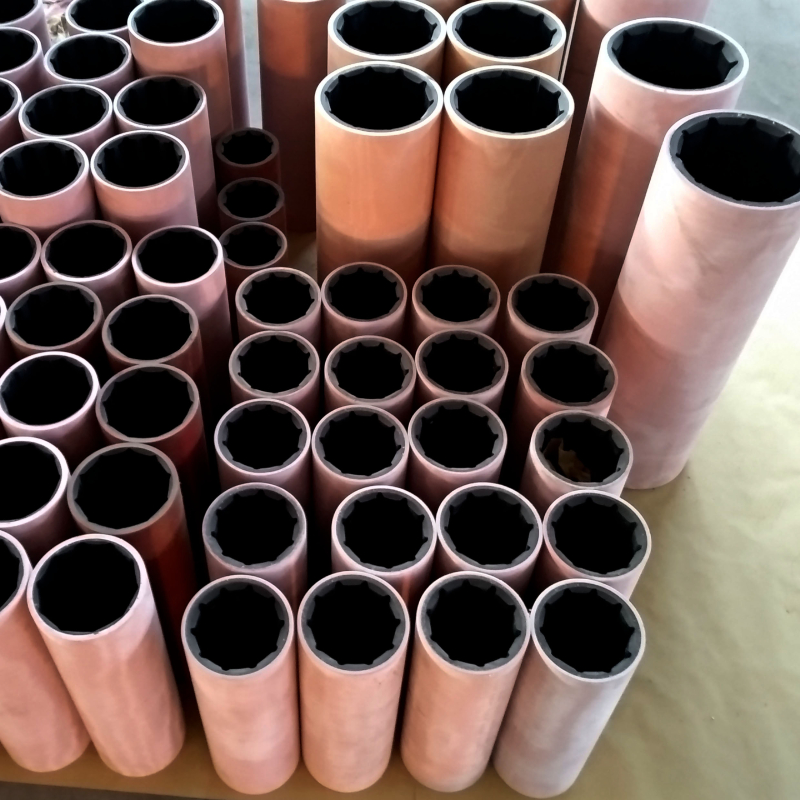Understanding Inner Axle Seals and Their Role in Vehicle Performance
Understanding Inner Axle Seals Sealing the Deal for Vehicle Performance
When it comes to vehicle maintenance and performance, inner axle seals, often referred to as differential seals or wheel seals, play a crucial role that is too often overlooked. These small but essential components help maintain optimal performance and longevity of various vehicle systems by preventing critical fluids from leaking and protecting against contaminants.
What Are Inner Axle Seals?
Inner axle seals are rubber or synthetic components designed to fit snugly around axle shafts, creating a barrier that keeps lubricants, such as gear oil or differential fluid, contained within the axle assembly. They prevent the ingress of dirt, moisture, and other harmful elements that can compromise the integrity of the drivetrain.
Typically located at the point where the axle shaft enters the differential housing, these seals are subjected to extreme conditions, including heat, pressure, and constant rotational forces. Over time, exposure to these conditions can cause seals to wear out, leading to fluid leakage and, ultimately, potential damage to the vehicle's drivetrain.
The Importance of Inner Axle Seals
1. Prevent Fluid Leakage One of the primary functions of inner axle seals is to prevent the essential lubricants within the axle assembly from leaking out. A proper seal ensures that the differential operates smoothly without losing lubrication, which is crucial for minimizing friction and heat.
2. Protect Against Contaminants The inner axle seals provide a barrier against dust, dirt, and moisture. Contaminants entering the differential can mix with the lubricant, degrading its effectiveness and leading to premature wear of internal components.
3. Extend Lifespan of Drivetrain Components By maintaining proper fluid levels and protecting against contamination, inner axle seals contribute to the overall lifespan of various drivetrain parts, including the differential gears, bearings, and axle shafts. This can result in considerable cost savings over time, as repairing or replacing damaged components is often much more expensive than maintaining seals.
seals it inner axle seals

4. Improve Vehicle Performance When the seals are in good condition, the vehicle can perform optimally. Issues like reduced traction, noise, or difficulty in turning—often symptoms of problems with the axle or differential—can often be traced back to a simple seal issue.
Signs of Failing Inner Axle Seals
Recognizing the symptoms of failing inner axle seals is crucial for timely maintenance. Common signs include
- Fluid Leaks Observe for any signs of oil pooling or leaking near the wheel or differential area. If you notice a wet spot, it could indicate a seal failure.
- Whining or Grinding Noises Unusual sounds coming from the differential or drivetrain may suggest that the lubricant is low due to a seal leak.
- Increased Vibration If you notice more vibration while driving, it may indicate an imbalance caused by inadequate lubrication or damage to internal components.
Maintenance and Replacement
Regular inspections of inner axle seals during routine vehicle maintenance can prevent major issues down the line. If you suspect that the seals are failing, it's essential to address the problem promptly. While replacing inner axle seals is a straightforward process for a qualified mechanic, it often requires disassembly of the axle or differential assembly, which can be labor-intensive.
In conclusion, inner axle seals are vital components that ensure the smooth operation of your vehicle's drivetrain. By understanding their function and importance, drivers can take proactive measures to maintain their vehicles, thus enhancing performance and longevity. Regular inspections and early intervention can save time and money, keeping your vehicle in top form for years to come.
-
Understanding Shaft Oil Seals: Protection, Performance, and Marine Applications
News Jun.23,2025
-
Understanding Crankshaft Oil Seals: Types, Functions, and Common Issues
News Jun.23,2025
-
The Rear Crankshaft Seal: Function, Failure Signs, and Replacement Guide
News Jun.23,2025
-
Rotary Shaft Seals: Essential Components for Leak-Free Performance
News Jun.23,2025
-
Everything You Need to Know About Crank Oil Seals and Related Costs
News Jun.23,2025
-
A Complete Guide to Front Engine Oil Seals and Their Role in Engine Health
News Jun.23,2025
-
Understanding Polaris Front Differentials: Key Components for Off-Road Performance
News Jun.20,2025
Products categories















